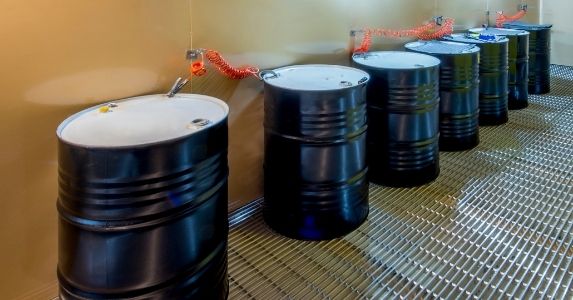GHS vs. NFPA or HMIS Labeling: Is It a Conflict?
 One of the integral pieces of OSHA’s revised Hazard Communication Standard refers to a standardization of chemical labeling that aims to create global consistency, and promote safety in laboratories, facilities, and process areas. The new Globally Harmonized System (GHS) of Classification and Labeling of Chemicals has sparked an immense amount of conversation in the industry; and many Laboratory, EH&S, and Facility professionals have questions about the impact this revision will have on their processes and systems.
One of the integral pieces of OSHA’s revised Hazard Communication Standard refers to a standardization of chemical labeling that aims to create global consistency, and promote safety in laboratories, facilities, and process areas. The new Globally Harmonized System (GHS) of Classification and Labeling of Chemicals has sparked an immense amount of conversation in the industry; and many Laboratory, EH&S, and Facility professionals have questions about the impact this revision will have on their processes and systems.
There are several issues confronting employers as the Globally Harmonized System of hazard labeling is phased in, and our External Training Manager, Doug Graham, was gracious enough to provide insight into two of the more common questions:
Do I continue using HMIS or NFPA labels for secondary (workplace) containers?
“It’s up to you - If employees are comfortable with understanding both the GHS labels on the original incoming containers, and are accustomed to (and understand) the NFPA or HMIS labels used on secondary containers, then there’s no need to change - the revised HazCom standard still allows alternative methods of labeling workplace containers. These different systems don’t conflict, they’re just plain different. However, if you’re aiming to simplify things for employees and looking for consistency between supplier containers and workplace containers, then it might be worth the effort to investigate a system that can duplicate GHS labels for use on secondary containers.”
If I am mandated by a local authority to use NFPA 704 diamond placards on tanks, doors, lab entrances, etc., will this create confusion for my employees in light of the new GHS labeling?
“Only if you let it - If employees understand the context and purpose of the different systems, then there should be no confusion. A detailed uniformly-formatted label affixed to a chemical container by a supplier for the purpose of communicating the contents and hazards to the end-user has very little to do with a simplified visual warning system designed to alert fire-fighters as to the relative degree of danger of the area or tank system that they may encounter during a fire or emergency release. Two different purposes - therefore two different systems.”
Under the revision, chemical manufacturers will be required to adhere to GHS labeling by June 1, 2015; however, some of your suppliers will use GHS labels much sooner – therefore, it is imperative to ensure employees are trained in the new labeling and SDS structure. This may also require using original lists to cross reference chemicals that come in with the new GHS compliant labels.
Achieving compliance with GHS may seem daunting - and until all chemical suppliers are using GHS compliant systems - it may be frustrating. To help you understand GHS and its requirements, we’ve put together a 3-Part Plan to help employers achieve compliance with GHS.






